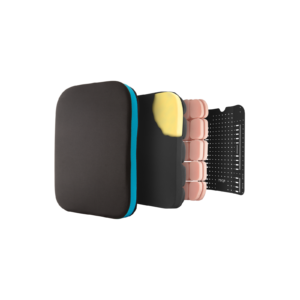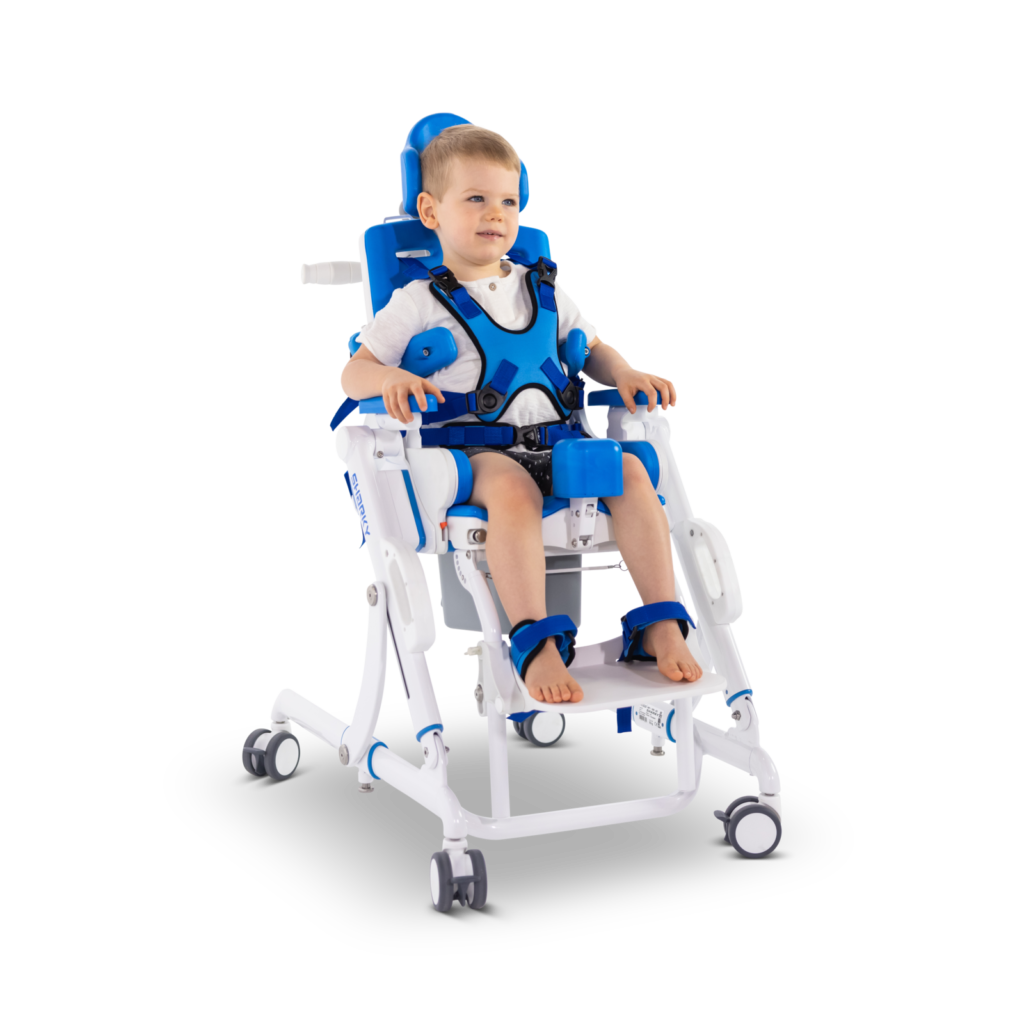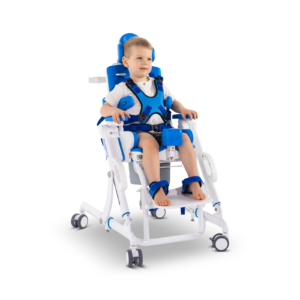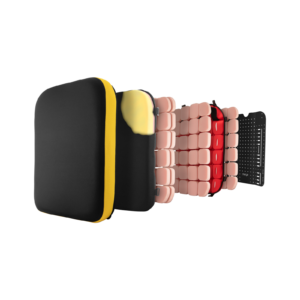
A wheelchair doesn’t limit me...
My wheelchair empowers and enables me to live my life like anybody else.

Spex Classic Back Support
Learn more!

It supports him in every area...
They have moulded it into the right shape for his body so that it's like it's especially for him!
Create a customised product that caters towards the unique needs and requirements of either your patients or yourself.
Open the Product HubAt Medifab, we firmly believe in the importance of education. Our vision is to make a positive difference to people living with disabilities, along with the carers and therapists that support them.
Visit the Medifab AcademyThrough the many years of our experience and acquaintance with implementing specialised wheelchair seating for complex and challenging disabilities, we have established our Spex brand.

Comes standard with an air-breathable outer cover in a choice of 9 coloured fabrics, as well as a waterproof inner incontinence cover for hygiene purposes.
The Spex Classic Cushion's innovative Strategic Positioning Base allows you to add and remove foam pads to elevate or lower the different sections under the user's thighs and pelvis.













